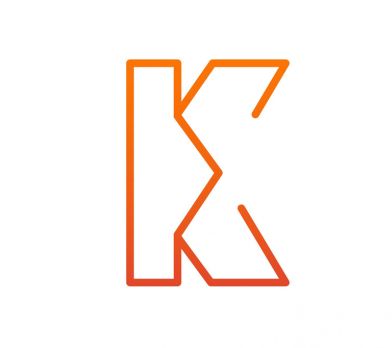Accurate and clear data labeling is foundational for developing robust machine learning models. Whether you're a data scientist, project manager, or part of an annotation team, maintaining consistency and clarity in your labeling efforts ensures that your data not only trains models effectively but is also comprehensible and useful for your team. This article explores key strategies for enhancing the quality and efficiency of your data annotation processes.
1. Establish Clear Labeling Guidelines
Set Detailed Standards
Before beginning any annotation project, develop comprehensive guidelines that are accessible to every team member. These should include:
- Definitions and examples for each label, reducing ambiguity in the interpretation of data.
- Contextual rules on how to handle edge cases or uncertain scenarios.
- Visual aids, such as annotated images or diagrams, especially for complex tasks like image segmentation.
Regular Updates & Revisions
Guidelines should not be static; they need to evolve based on real-time feedback and challenges encountered during the labeling process. Ensure that updates are communicated promptly and clearly to all annotators.
2. Use Collaborative & Accessible Tools
Centralized Annotation Platform
Adopt tools that allow multiple annotators to work on the same dataset simultaneously while maintaining version control. Platforms like CVAT, Prodigy, Labelbox, or custom setups in tools like Google Sheets can provide:
- Real-time updates to avoid duplicate work.
- Integrated communication features for quick resolution of doubts or inconsistencies.
- Audit trails to track changes and contributions by individual annotators.
Accessibility & Ease of Use
Choose platforms that are intuitive and require minimal training. This reduces the entry barrier for new team members and decreases the likelihood of errors due to platform complexity.
3. Foster Regular Communication
Regular Check-Ins
Hold regular meetings to discuss progress, address concerns, and share insights that might help refine the labeling process. These can be daily or weekly, depending on the project's intensity and scale.
Feedback Mechanisms
Implement a system where annotators can easily provide feedback on the guidelines or highlight areas of uncertainty. This could be a dedicated channel on communication platforms like Slack or Microsoft Teams.
4. Implement Quality Control Systems
Random Checks
Regularly review a random sample of labeled data to ensure that guidelines are being followed and to identify common errors.
Peer Review
Encourage a culture of peer reviews where annotators cross-check each other's work. This not only helps catch mistakes but also fosters a team-oriented approach to maintaining quality.
Automated Validation Rules
Where possible, integrate automated checks that flag data entries that do not conform to established annotation rules. This can be particularly useful for high-volume text data or structured data forms.
5. Train & Continually Develop Skills
Initial and Ongoing Training
Provide comprehensive training at the start of the project and additional sessions when guidelines are updated or when new types of data are introduced.
Skill Enhancement Workshops
Organize workshops that help annotators understand the nuances of the data and the impact of their work on the machine learning outcomes. This can also include training on new tools and technologies in the data annotation field.
In summary, maintaining clarity in data annotation is not just about meticulous attention to detail—it also involves strategic planning, team collaboration, and ongoing management of the annotation process. By adopting these best practices, teams can ensure high-quality datasets that are pivotal for the success of any machine learning project. Effective data labeling leads to models that are accurate, reliable, and truly reflective of the real-world scenarios they are meant to interpret.
High-quality Data Annotation Services at Kotwel
Ensuring your data is clearly and accurately labeled is crucial for building effective machine learning models. At Kotwel, our data annotation services are designed to support your projects with precision and expertise. Whether you are starting a new project or improving an existing dataset, Kotwel provides the expertise needed to achieve the best results.
Visit our website to learn more about our services and how we can support your innovative AI projects.
Kotwel is a reliable data service provider, offering custom AI solutions and high-quality AI training data for companies worldwide. Data services at Kotwel include data collection, data labeling (data annotation) and data validation that help get more out of your algorithms by generating, labeling and validating unique and high-quality training data, specifically tailored to your needs.
Frequently Asked Questions
You might be interested in:
Data labeling is a critical component of machine learning that involves tagging data with one or more labels to identify its features or content. As machine learning applications expand, ensuring high-quality data labeling becomes increasingly important, especially when scaling up operations. Poorly labeled data […]
Read MoreMachine learning models are only as good as the data they learn from, making the quality of data labeling a pivotal factor in determining model reliability and effectiveness. This blog post explores the concept of consensus-based labeling and its crucial role in enhancing trust […]
Read MoreContinuous learning in artificial intelligence (AI) is an essential strategy for the ongoing enhancement and refinement of AI models. This iterative process involves experimentation, evaluation, and feedback loops, allowing developers to adapt AI systems to new data, emerging requirements, and changing environments. This article […]
Read More




